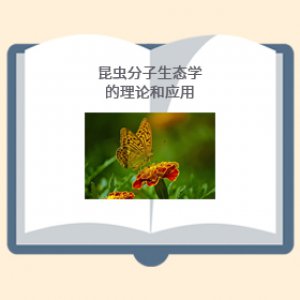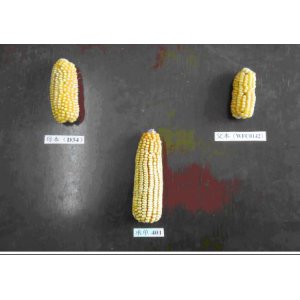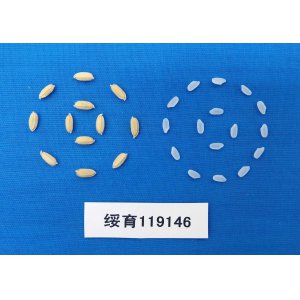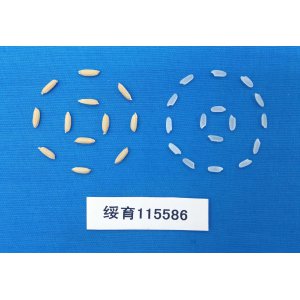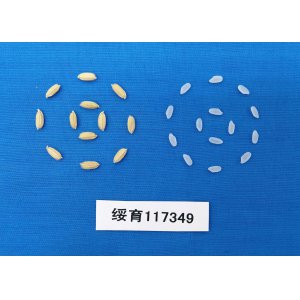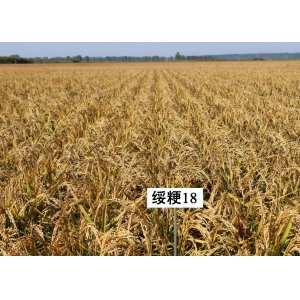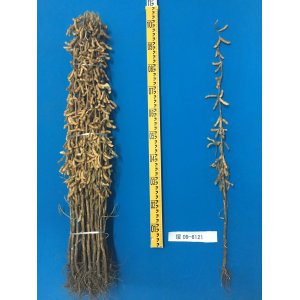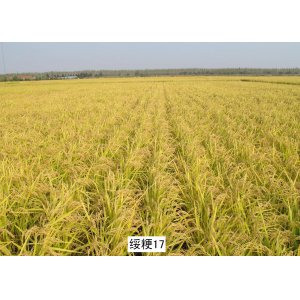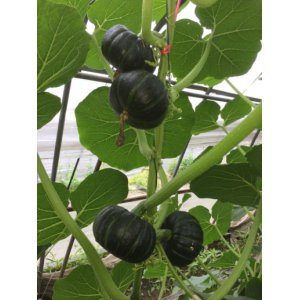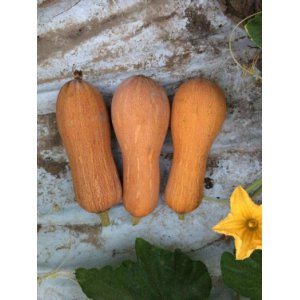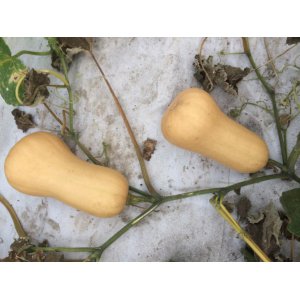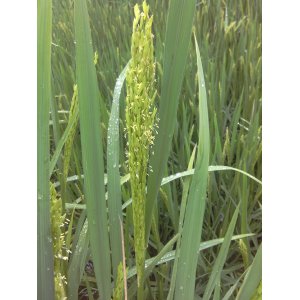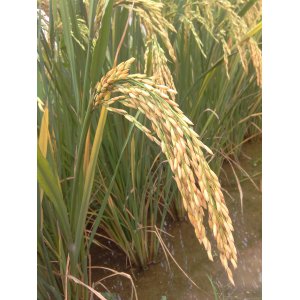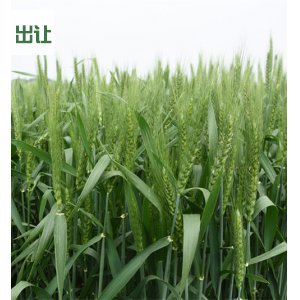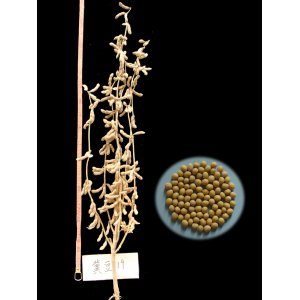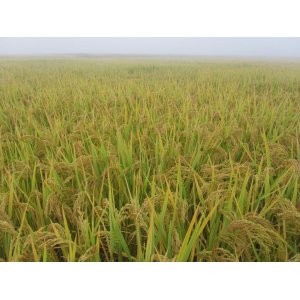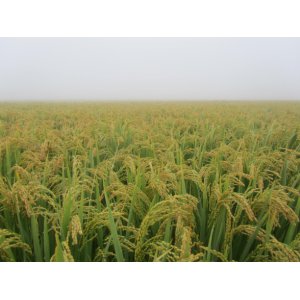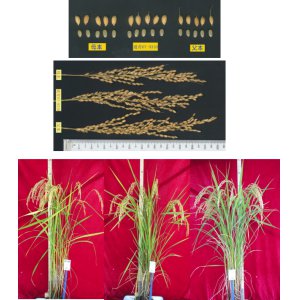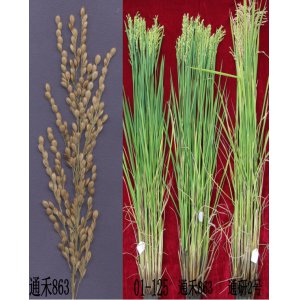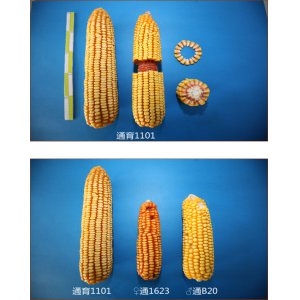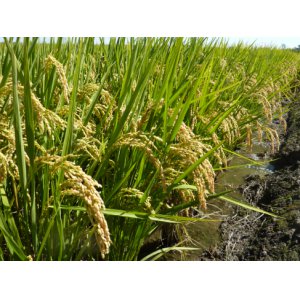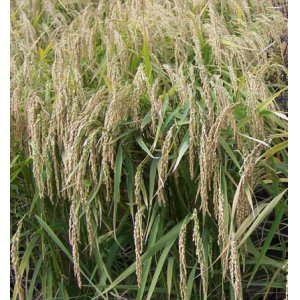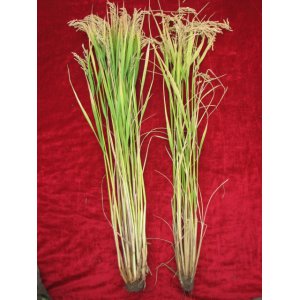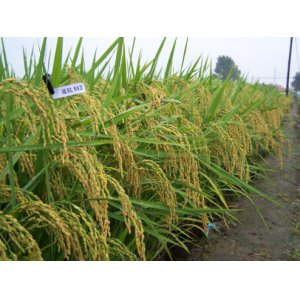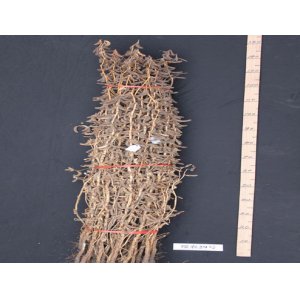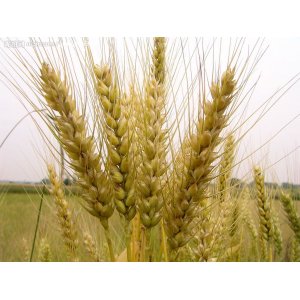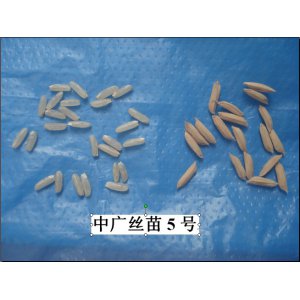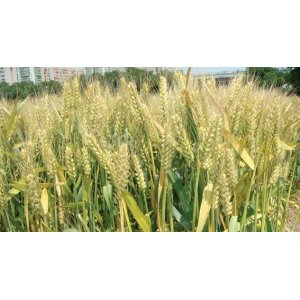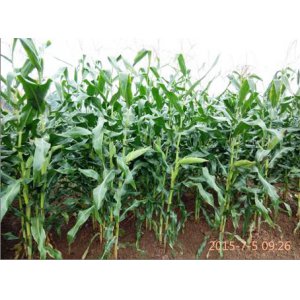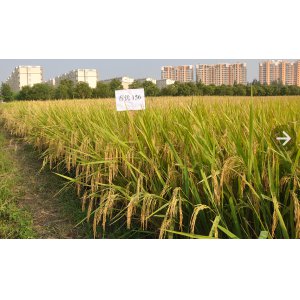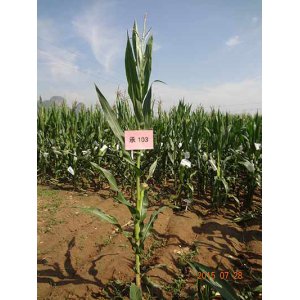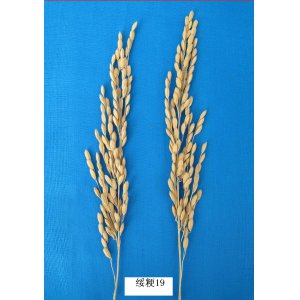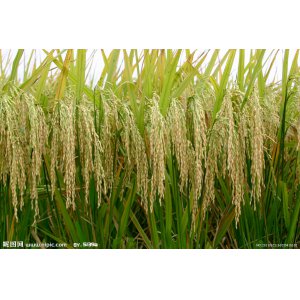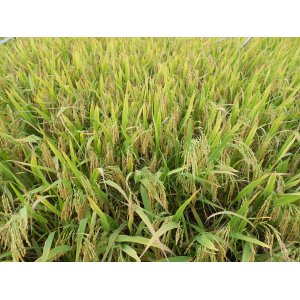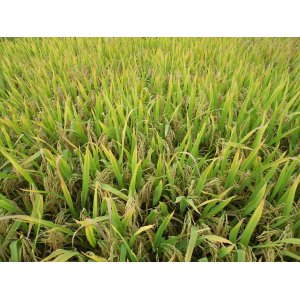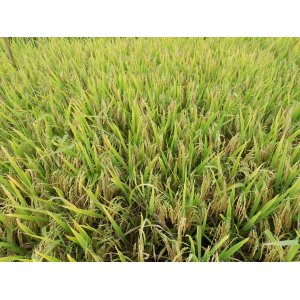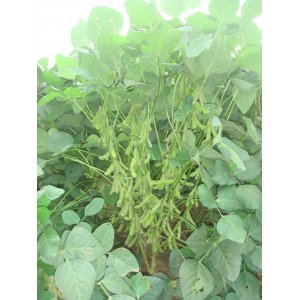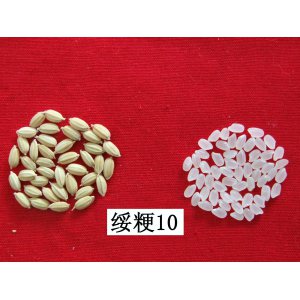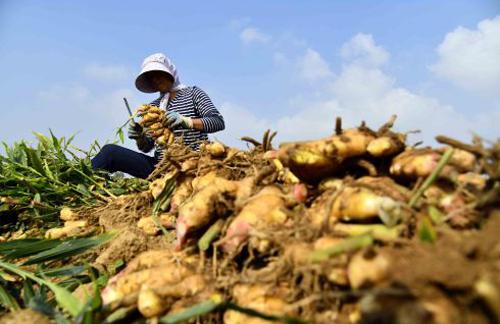马铃薯块茎蛾(potato tuber moth, PTM)是马铃薯及其他茄科植物上非常具有破坏性的害虫,全球约有三百万公顷的马铃薯种植地遭受该昆虫的侵害。2009年,伊朗农业生物技术研究所的科研人员利用人工合成的Bt基因cry1Ab,在绿色组织特异表达的玉米磷酸烯醇丙酮酸羧化酶启动子PEPC(phosphoenolpyruvate carboxylase)的驱动下,成功培育了抗虫效果优良的转基因马铃薯。最近,该团队的研究人员对该转基因抗虫马铃薯进行了系统的成分分析,为该转化体的食用安全性提供了充分的证据。
成分分析是转基因植物及其产品食用安全性评价的重要内容,具体指转基因作物与其非转基因对照的主要营养成分、抗营养因子、次生代谢产物和有毒物质的含量测定数据,它是两者间安全性对比分析工作的重要组成部分。研究结果显示,转基因马铃薯与对照相比,其水分、灰分、干重、总可溶蛋白、碳水化合物、淀粉、纤维素、抗坏血酸、金属阳离子、阴离子、脂肪酸、糖苷生物碱等各成分含量均没有显著差异。此外,由于PEPC启动子光诱导的特性,研究人员也分析了光处理条件下的成分变化。结果表明,光处理会影响抗坏血酸,乙酸和亚硝酸盐阴离子,软脂酸、硬脂酸、亚麻酸等脂肪酸,部分糖苷生物碱以及氨基酸含量的变化,但是这些变化的幅度都在预期的范围内。
这些结果进一步确认了该转基因抗虫马铃薯的安全性。
Transgenic Res. 2018 May 4.
Comparative compositional analysis of transgenic potato resistant to potato tuber moth (PTM) and its non-transformed counterpart.
Author
Rahnama H, Moradi AB, Mirrokni SH, Moradi F, Shams MR, Fotokian MH.
Agricultural Biotechnology Research Institute of Iran (ABRII), Agricultural Research Education and Extension Organization (AREEO), Iran.
Abstract
In this study, the compositions of transgenic potatoes (TPs) resistant to potato tuber moth (Phthorimaea operculella) were compared with those of its non-transgenic (NTP) counterparts. The light inducible promoter, phosphoenolpyruvate carboxylase led to the expression of Cry1Ab only in the leaves and light-treated tubers of the TPs. No significant differences were found in the moisture, ash, dry weight, total soluble protein, carbohydrate, starch, fiber, ascorbate, cations, anions, fatty acids, and glycoalkaloids contents of TP and NTP. Moreover, light treatment significantly affected the contents of ascorbate, acetate and nitrite anions, palmitic, stearic and linolenic fatty acids, α-haconine and α-solanine glycoalkaloids in TP and NTP tubers. While, significant differences were observed in the amino acid contents in light-treated tubers of TPs than the NTP ones. Although, light treatment in potato tubers resulted in marked metabolic changes, all the variations observed in the metabolites compositions were found to be within the desired reference ranges for potato plants. In conclusion, the results indicated that the TPs were substantially and nutritionally equivalent to the NTP counterparts.


